Photographs By Mark Pillsbury
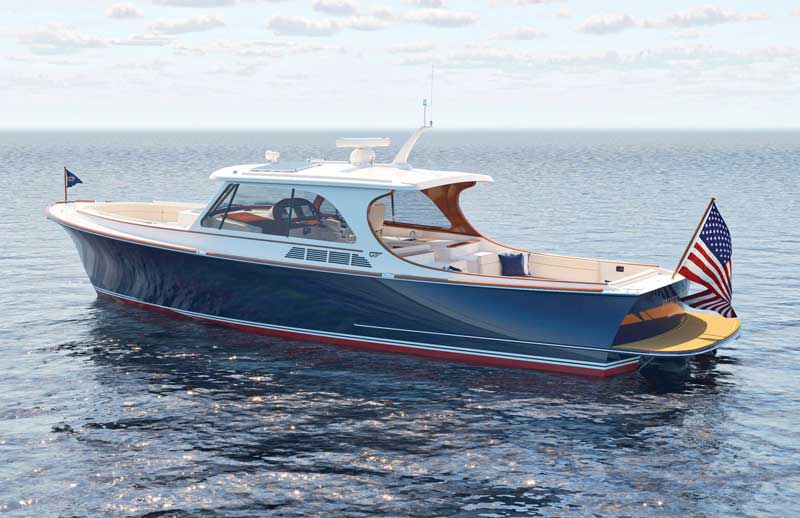
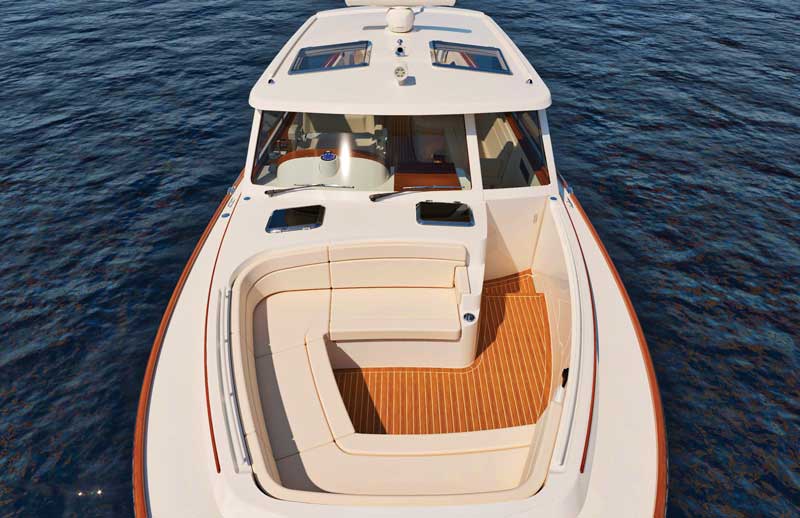
Just as a boatbuilder lays a keel many months, and sometimes years, before a yacht emerges from a shed for launch day, Hinckley Yachts, whose roots run deep in Maine, has already begun making plans for its 100-year anniversary in 2028. Among the ways the company will mark that milestone are upgrades to improve the sprawling service and storage yard located on the site in Southwest Harbor where it all began, said Scott Bryant, company vice president of marketing, during a springtime tour of the facility and production lines located at its nearby campus in Trenton.
The company’s current owners, Bryant said, are well aware of Hinckley’s reputation as a pinnacle lifestyle brand and are willing to invest in improvements to make its Southwest Harbor location—now one of 10 Hinckley service yards on the East Coast—an upgraded destination for customers.
On the day an MBH&H colleague and I visited in early April, already boats were being pulled from cavernous indoor storage sheds, where their bottoms had been painted and other work done over the winter. Despite the cold windy setting, they were ready to be splashed. A few, in fact, had already been delivered to clients, who typically return to the Hinckley yard annually from home ports anywhere from Winter Harbor to Martha’s Vineyard. In coming weeks, the pace of work would pick up quickly, yard general manager Kirk Ritter said, with some 350 sail and powerboats to be waterborne in time for the upcoming season.
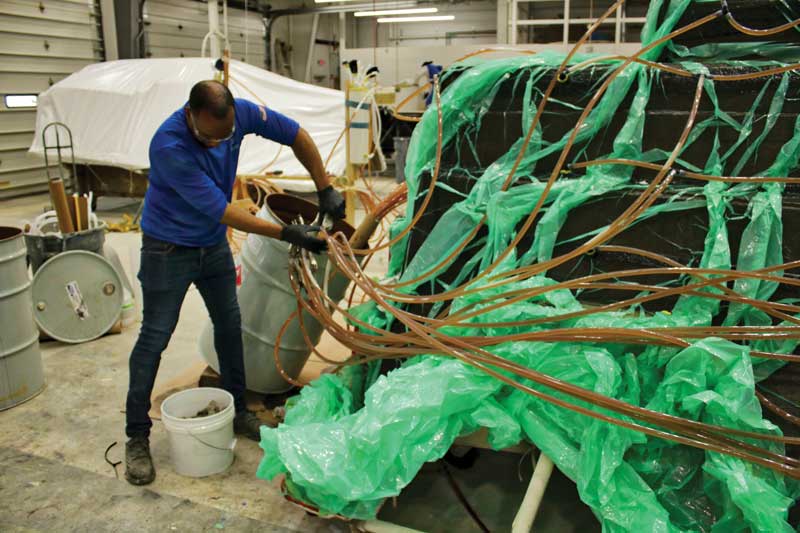
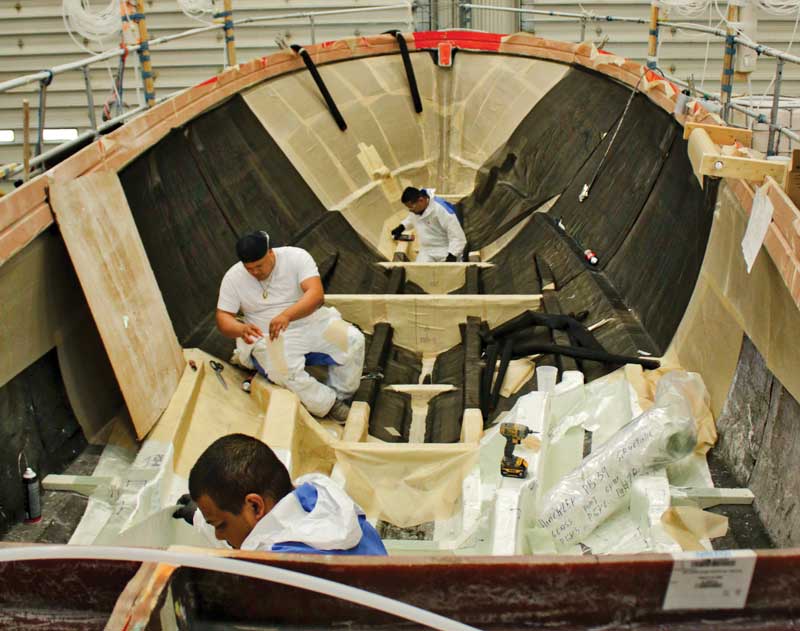
Hinckley Yachts was founded by Henry R. Hinckley’s father, Benjamin, to service lobsterboats and the yachts of summer residents. Henry took over four years later and the company built its first boat, Ruthyeolyn, a 36-foot “fisherman,” in 1933, according to the history page on the company’s website.
Five years later, the yard launched the first sailboat, a 28-footer designed by Sparkman & Stephens. And for the remainder of the century sailboats were the focus—high-quality vessels that tended to keep their value over the years because of the build quality and timeless lines.
In 1989, the company launched its first fiberglass powerboat, Talaria, and in 1994, it introduced the first Picnic Boat, a 36-footer, designed by Bruce King. To say the boat made a splash would be quite the understatement, and as demand for powerboats grew, fewer and fewer sailboats were built.
Today, the company launches on average 35 boats a year—all power—ranging from 35 to 57 feet.
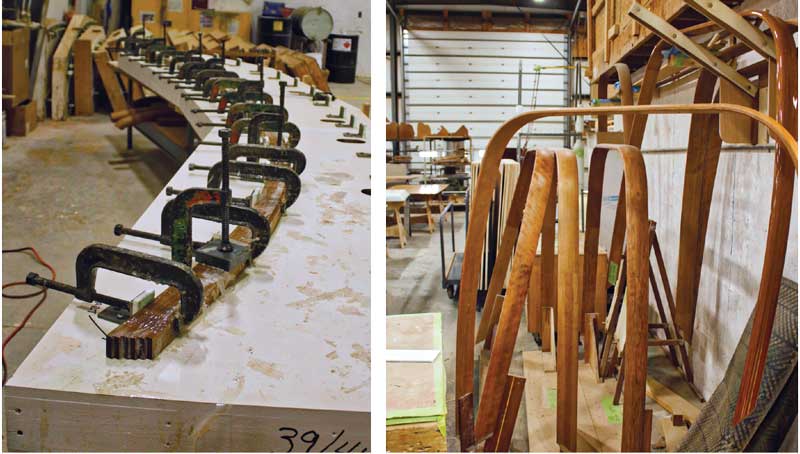
Unlike many other builders that focus solely on manufacturing and leave sales and service to dealers, Bryant and longtime salesman and current brand advisor Phil Bennett described Hinckley as taking a vertical, all-inclusive approach to the business. In addition to building and selling boats directly to its customers, the company offers a range of concierge services to owners that can include captains and delivery service, annual maintenance plans, and brokerage services for when an owner decides to sell or upgrade.
From the beginning, Hinckleys have always been built in Maine, first at the Southwest Harbor yard, and more recently at modern manufacturing facilities in Trenton, adjacent to the airport. At the time of our tour, the company was on the cusp of opening a satellite carpentry shop in Topsham, Maine, to tap into a wider network of craftsmen.
But in recent years, under various owners, the company has expanded well beyond the Pine Tree State. Hinckley’s corporate offices are in Portsmouth, Rhode Island, where the company also has its largest service yard. Eight other service centers line the East Coast, down to Florida, including a relatively new acquisition, Bay Bridge Marina on Chesapeake Bay.
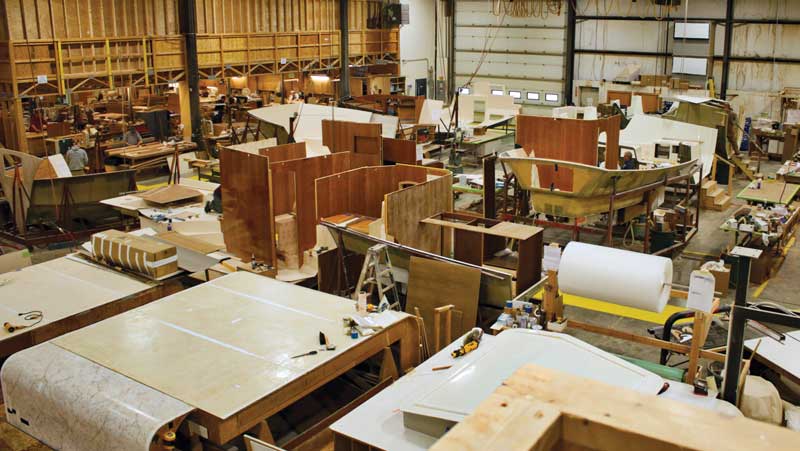
In its early years, Hinckley earned favor with sailors because of the high-quality castings and other components it used to build boats. It was an early adopter of spray-combined resin infusion molding, or SCRIMP construction of fiberglass vessels, and at its Trenton facility today, Hinckley continues to rely on high-end production methods for building hulls, decks, and parts. In the composites shop we visited, green plastic vacuum bags and tubing covered molds filled with fiberglass cloth and foam coring, drawing precise amounts of resin into the layup to ensure weight and strength metrics were met.
It was another story entirely in the woodshop, where craftsmen carefully shaped choice pieces of teak, American cherry, and the like to build furniture parts by hand. Bennett said interior woodwork on the powerboats built today is of furniture quality but also made to withstand the pounding environment it will be living in aboard craft designed to cruise at 30-plus knots.
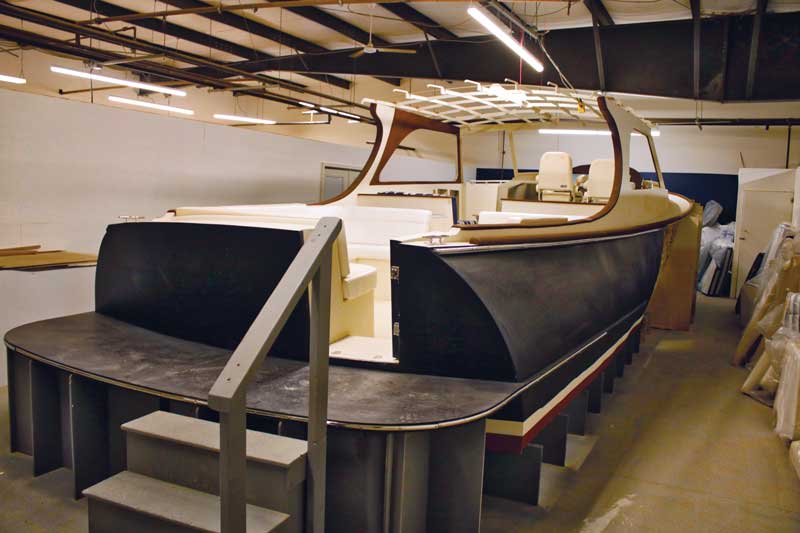
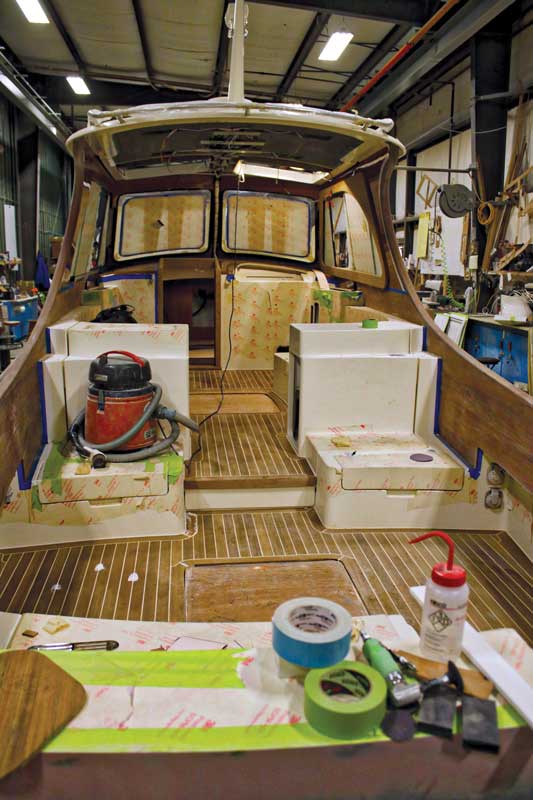
In one room, we watched as a five-axis milling machine cut pieces of foam to exact specifications; in another, woodworkers laminated thin veneers into complex curves and other angles. Having had the opportunity to visit many production builders over the years, I can honestly say Hinckleys are not being built to a price point.
At one station on the production line, we heard a bell ring followed by an announcement on the intercom telling the crew a new Hinckley had just been sold. It was a practice started during the pandemic to boost morale, Bryant said. Minutes later a second sale was confirmed. It was a good day for the dedicated crew.
In early April, the push was on to have Hinckley’s newest model, the Doug Zurn-designed Picnic Boat 39, ready for sea trials in early July. We visited the mock-up room, where a full-scale model of the boat sat. There, engineers and others on the team had sat and tweaked seats, tried different types of foam and fabrics for cushions, decided if a shelf was too narrow or a cabinet door needed to be a tad wider for better access. Those decision had been made, of course; we also got to see the actual boat well underway on the production line. Hopefully on the next visit we’ll get to see the finished product. And go for a ride, if we’re lucky.
✮
Mark Pillsbury is MBH&H’s editor.






